What are the different ways to filter your drinking water?
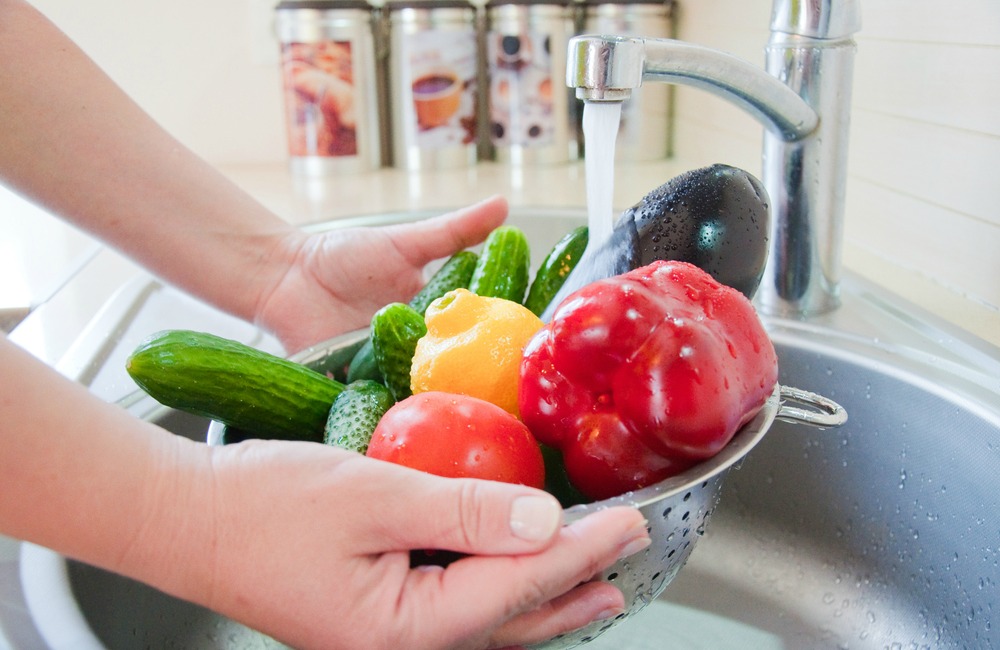
Filtered water is certainly the healthiest option for the entire family. There are a few ways to filter your tap water:
- Water filter jug
- Reverse osmosis filters
- Inbuilt water filter system
- Fridge water filter
- Bottle with integrated water filter.
So which is the best option? Let’s expore…
First up, what’s the difference between water purification and filtration?
Water purification is a commonly misunderstood term.
It means to remove what is unwanted or unhealthy from the water, sometimes it’s referred to as ‘disinfecting’ the water. It’s basically treating the water to remove bacteria and potential viruses and making it safe to drink. It’s the process used to produce tap water or potable water. It’s at this point where chemicals such as chlorine and fluoride are added.
The fluoride is great for your teeth but the chlorine? Although it does a great job in disinfecting the water, we don’t need to drink it!
Water purification is a term used a lot, especially in the United States but just to confuse you more…‘pure’ water is actually water with everything stripped out of it, even the good minerals like magnesium and calcium. And your body needs these to function properly.
So what’s a better option?… water filtration.
What is water filtration?
Water filtration is a method used to remove and reduce impurities in the water.
A good water filter acts like a sieve to remove unwanted particles from the water but leaves all the important salts and minerals in. This filtration method is also sometimes called the ‘adsorption method’. And this is where a substance is used, typically carbon to make the contaminants in the water adhere to the pores within the carbon.
All water filter systems at WFA filter your water three times before it reaches your mouth.
So a good water filter system takes out all the bad stuff like chlorine, dirt, dust, rust, and cysts such as Giardia and Cryptosporidium but keeps in all those important salts and minerals to keep us healthy.
So what are some of the most common water filtration methods?
1. Water Filter Jug
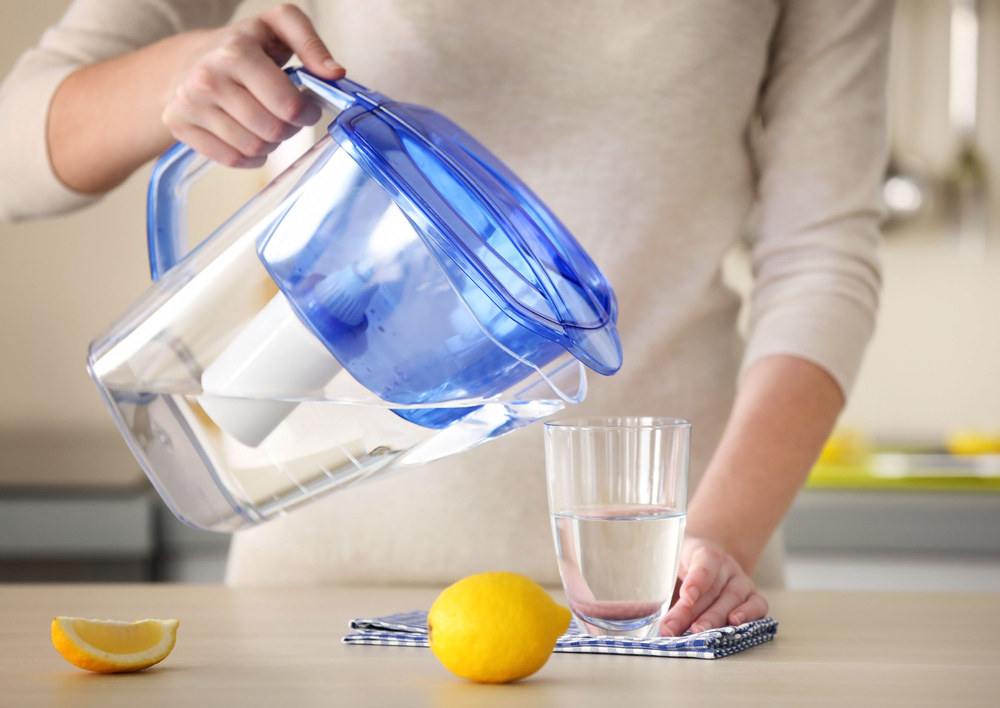
A water filter jug on a kitchen bench is water filtration in one of its simplest forms.
It’s a great start and it removes a lot of the bad stuff but it doesn’t filter out cysts like Giardia and Cryptosporidium.
And it’s small. So you are forever filling up that jug and probably only using it for drinking. What about washing your veggies or cooking with filtered water?
Or using filtered water to make your coffee and tea taste better? Even using it for the ice in your cocktails or expensive Scotch whisky? That one little jug will be working very hard and it isn’t long before you’re changing the filter again and again or worse still…forgetting to change the filter and you’re back to drinking plain old tap water again!
2. Reverse Osmosis Water Filter
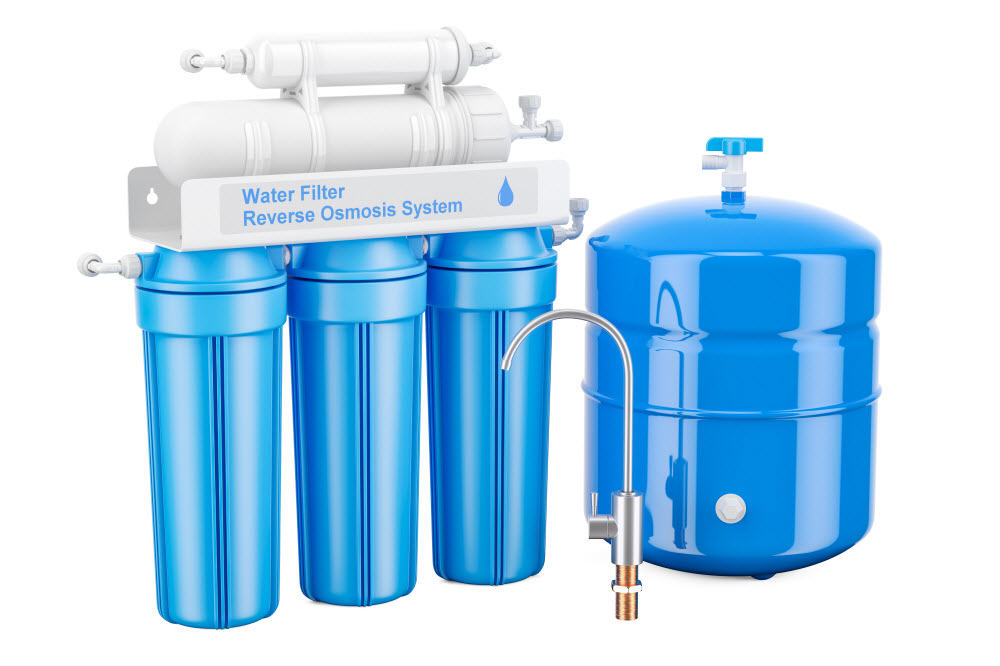
At the other end of the scale, there’s the reverse osmosis water filter. There’s a lot out there about reverse osmosis water at the moment. But what is reverse osmosis and do you actually need it?
In short, reverse osmosis is a water filtration technology that uses a semi-permeable membrane to remove ions, molecules and larger particles from drinking water. This is achieved by passing water at high pressure through a thin membrane. However, this is only one stage of a four-stage process. Where the water passes through a sediment filter first, then a carbon filter, then the reverse osmosis membrane and finally a filter to remove the odour and taste.
Sounds good in theory but in reality, a reverse osmosis water filter takes out a lot of the good stuff too, like the healthy minerals and salts, and the fluoride that keeps your teeth strong. That’s because most mineral particles are larger than water particles, so it’s like drinking distilled water. Plus by removing all the minerals it actually leaves the water tasteless. Some people then re-mineralise the water to make it tastier and for the health benefits. Therefore making it a more complicated and time-consuming method of water filtration.
However, this type of water filter process can be good in some circumstances. For example, people with specific health issues or on kidney dialysis. And in parts of Australia with high TDS levels. TDS are the dissolved minerals salts and metals found in the water, in these areas this system is used to help reduce these levels. But for most metropolitan areas of Australia and for most people, this lengthy and expensive process really isn’t necessary.
3. Water filter systems
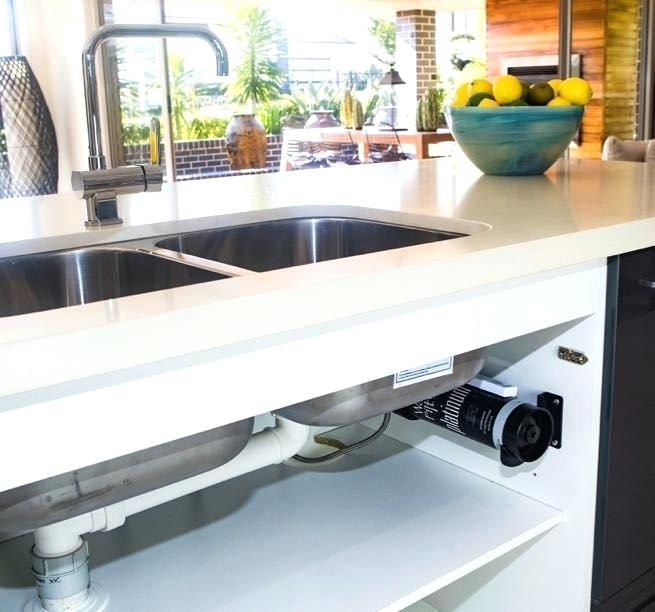
These days water filter systems are designed for maximum quality, economy and ease of use.
A popular choice is an inline water filter system. These are as simple as one cartridge that you can attach yourself. With an inline water filter system you have access to fresh, filtered water on tap. It’s attached under your kitchen sink and filters all the water coming through your original tap.
So there’s no need for a separate tap. The filter removes all the nasties but leaves in all the important minerals and salts so you can enjoy all the health benefits of filtered water. Plus it leaves in the fluoride to keep your teeth healthy.
Unlike reverse osmosis water filtration systems, an inline water filter is cost effective and easy to install – you don’t even need a plumber and the cartridge won’t need to be changed for 12 months. Then when it’s time to change it, it’s a simple five minute process – as easy as changing a light globe.
With filtered water on tap, there’s no more re-filling your water filter jug several times a day and you can use it for drinking, cooking, even filling your iron and best of all it tastes great!
The perfect healthy solution without the confusion!
4. Fridge water filters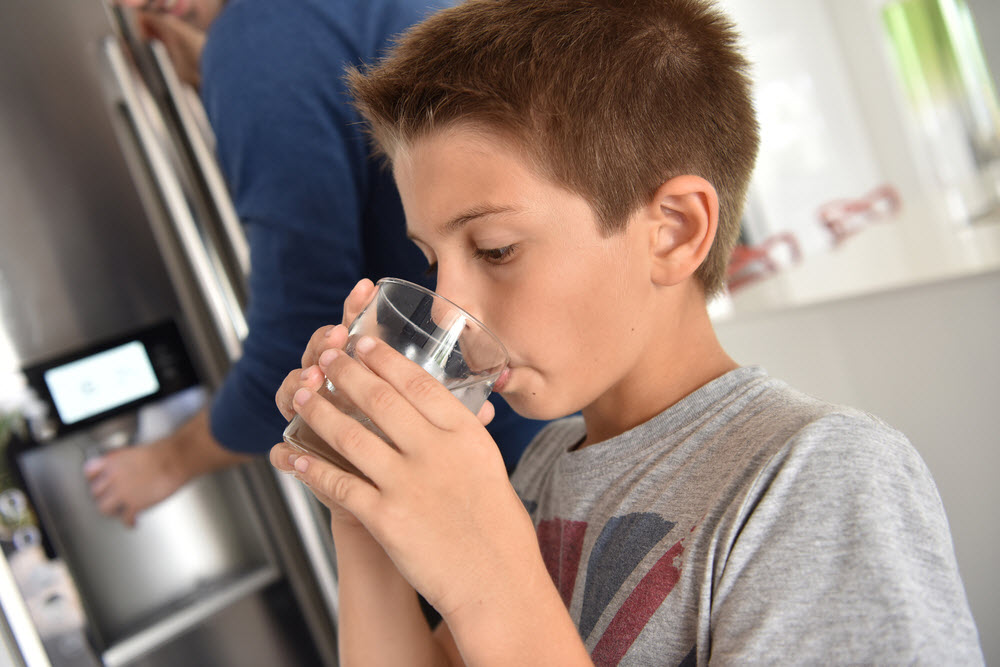
A fridge with an inbuilt water filter can be very useful for the family. They even now come with soda stream option too.
According to WFA’s Technical Director, Craig Hannam there are four things to consider if you are thinking of investing in a fridge water filter.
- Quality – check the micron rating. WFA water filters can filter down to 1 micron however often fridge filters sit at around 5 microns.
- Quantity – if you only use the fridge filter to fill up cups of water then it great. If you use if for cooking and filling up kettles, it can be time-consuming.
- Cost – Often you need to change your fridge water filter every 6 months. WFA filters are replaced every 12 months, saving you money.
- Usage – if you decide to change to filtered water for all your kitchen needs then an inline water filter system will work better than a fridge system.
5. Bottle water filters
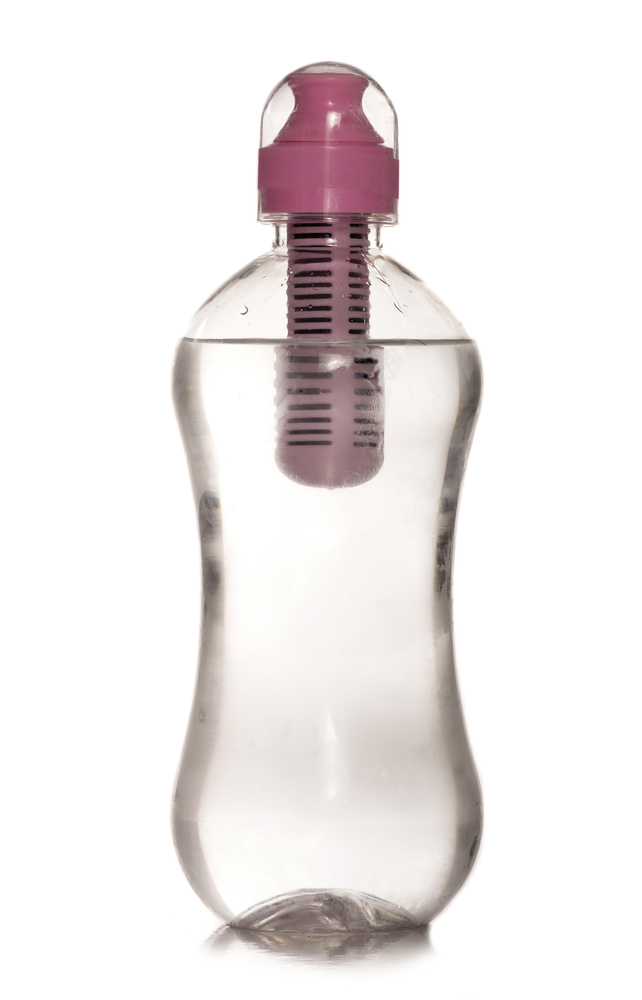
These types of bottles are ideal for refilling your water bottle when out of the home. They are great for the environment because it means you are not buying one-use plastic water bottles. These filters can improve the taste of tap water and reduce chlorine however the filters will not be as effective as others.
So what is the best way to filter your tap water? Well, it depends on how you use it and how much you value the effectiveness of the filter itself.
WFA water filter systems filter out all the nasties from your water down to 1 micron but keep in the good stuff such as magnesium and fluoride.
Discover our water filter systems here.
How does charcoal purify water?
We filter your water three times before it reaches your mouth
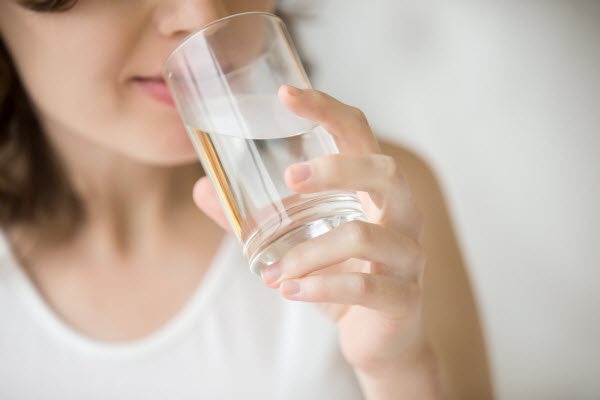
Here at WFA, we are serious about ensuring your water is as pure as it can be. Our water filter systems filter your tap water three times before it reaches your mouth. This ensures we capture everything you don’t want in your water, leaving you with pure fresh filtered water…
…just as Mother Nature intended.
Here is a quick overview of how we purify water using WFA filters:
- Mechanical filtration – removes large particles and contaminants such as dust, dirt, rust, and cysts (Giardia and Cryptosporidium). These can affect the taste, odour and colour of your water. Our filters pick up particles down to 1 micron.
- Carbon/charcoal filtration – our WFA water filter system uses the pores within carbon to remove the nasty tastes and odours which are caused by a variety of factors, such as chlorine and other chemicals, ageing underground pipes and fluctuating dam levels. This second filtration ensures your water tastes, looks and smells as good as it can.
- Removal of limescale – this prevents a nasty build-up of limescale on your appliances such as kettles and coffee machines.
How does a charcoal filter work?
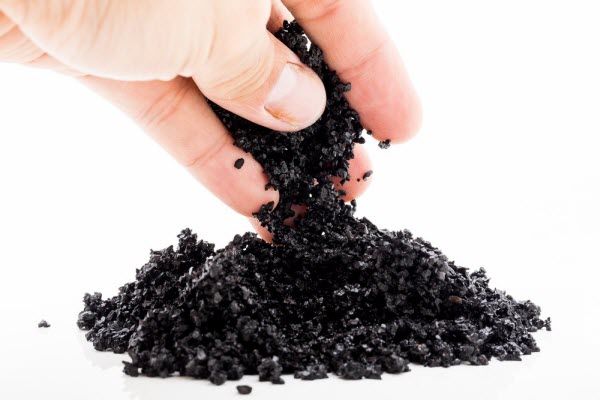
Water filters use a special type of charcoal known as ‘activated charcoal’ to purify water.
Activated charcoal works through the process of adsorption. Note that adsorption is different to absorption. Adsorption binds impurities chemically on the surface of the charcoal filter rather than physically absorbing them.
Activated charcoal is the ideal water filter because it removes toxins from the water without stripping the water of salts and important minerals.
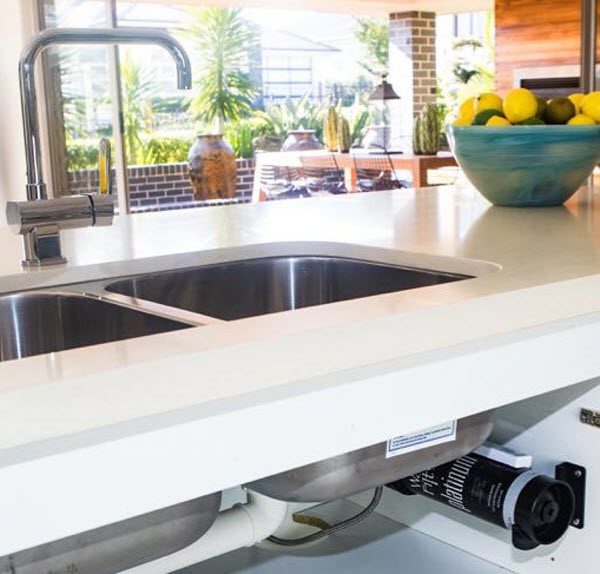
Because impurities are kept in the filter, it’s important to replace your water filter every 12 months to ensure it continues to work as it should.
Take advantage of WFA’s new subscription service, which takes the hassle out of replacing your water filter system. We will send a new one automatically every 12 months… too easy!
Why is charcoal the best water filter?
- The good stuff stays
- It makes your water taste better – removes chlorine and nasty odours. Chlorine is vital to ensure our water supply remains free of bacteria and viruses; however, we don’t need to drink chlorine/its a disinfectant.
- It’s relatively inexpensive
- It’s easy to maintain – just replace the filter every 12 months. Take advantage of the new subscription service.
It’s what our filters leave in your water that also makes it safe
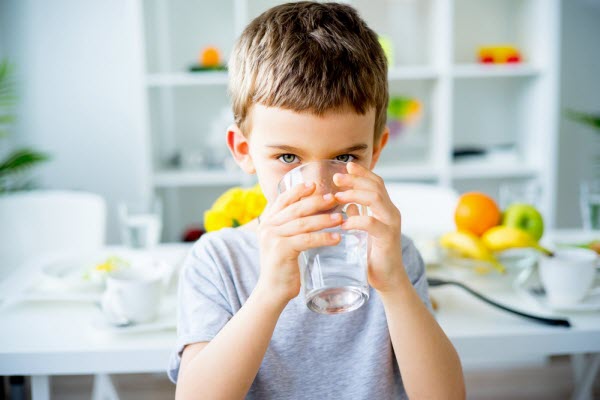
At WFA we understand that it’s not only important to filter out the bad stuff… it’s also vital that we leave in the good stuff. Because water not only hydrates us, but it also delivers fluoride for our dental health, as well as essential minerals and salts.
And because fluoride, calcium, magnesium and sodium are all dissolved minerals with the same consistency as water, they simply pass through our filters.
So, unlike many brands of bottled water, a WFA water filter system gives you water with fluoride, minerals and salts that will protect the health of you and your family.
You know you can trust our filters

All WFA filter systems are independently certified at the highest possible level by NSF International (which sets industry standards for water filtration systems for meeting strict guidelines for health and aesthetic qualities). They are also Australian Standards Watermark Certified, which provides validation for quality and integrity.
So you can rest assured your WFA filter is not only making your water taste, look and smell great… it’s also making it safe.
Contact us to find out more or visit our online store to buy a water filter system online now.

